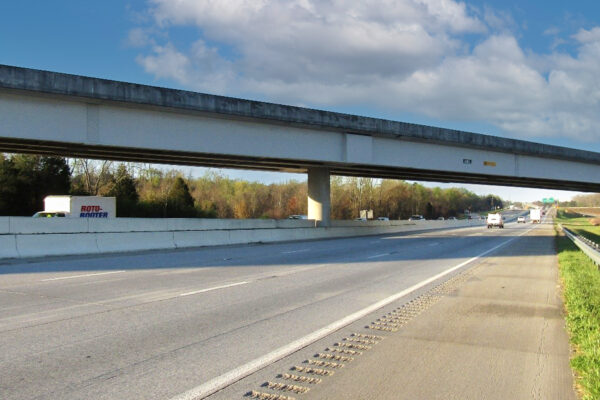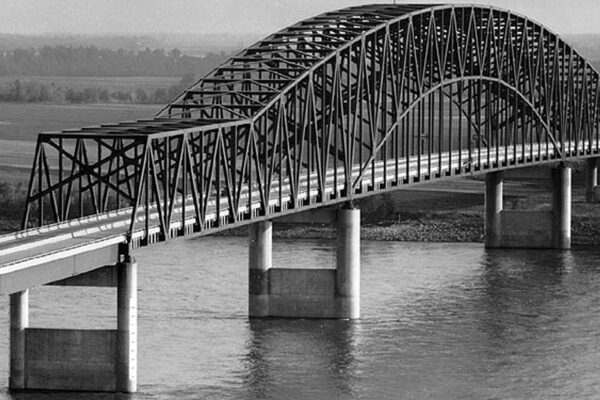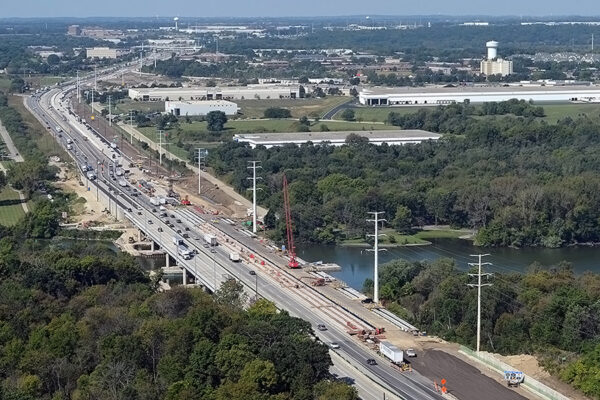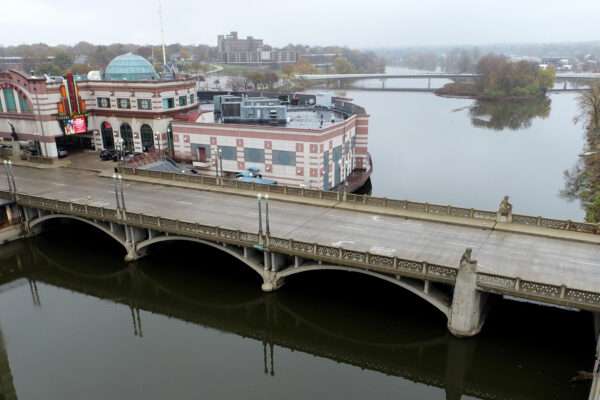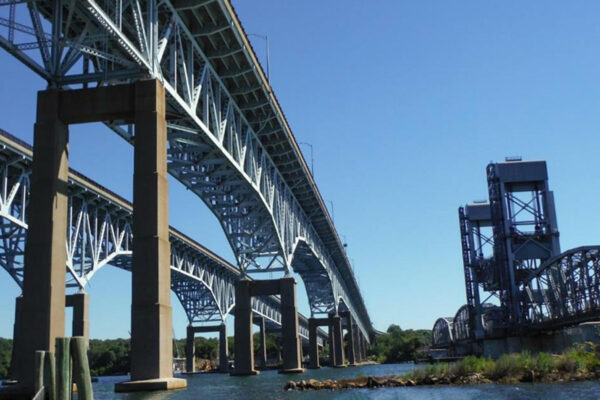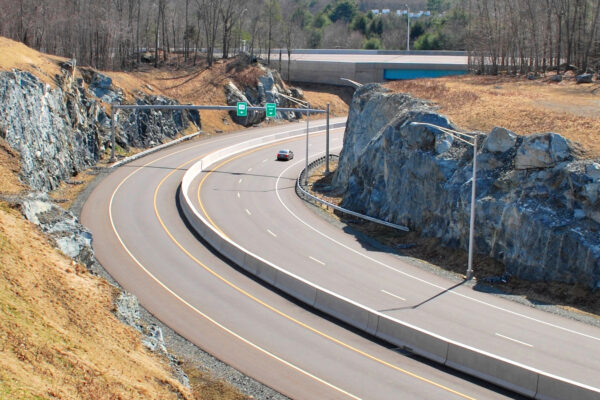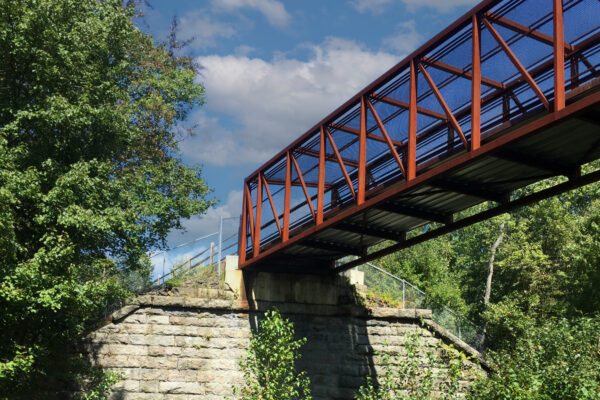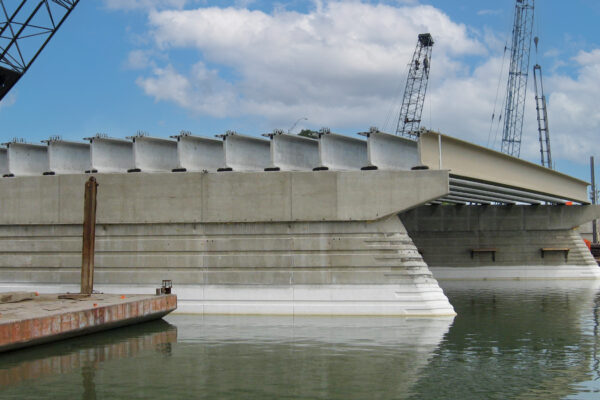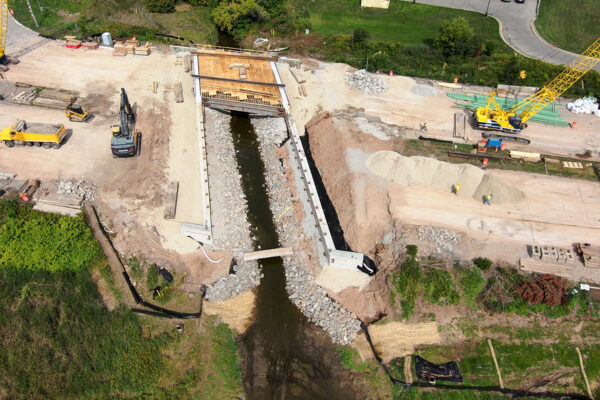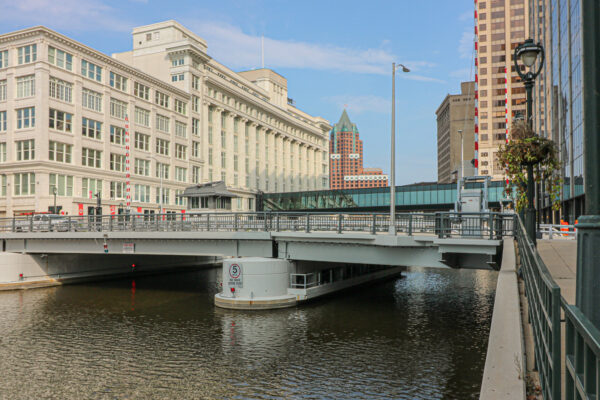Schell Bridge
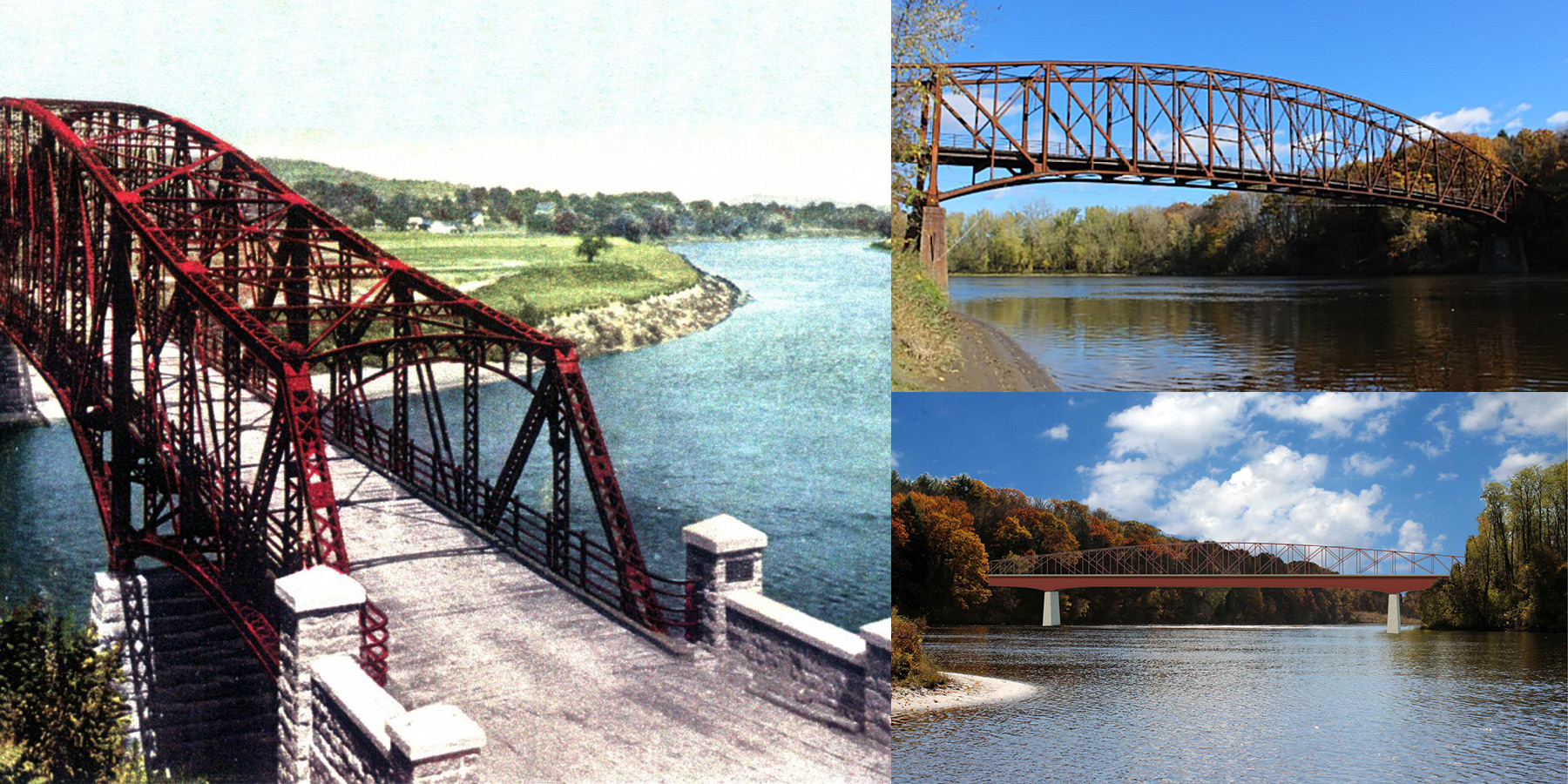
The Schell Bridge in Northfield, Massachusetts is a historic truss bridge over the Connecticut River. The bridge was built in 1901 for carrying traffic across the river. In 1985 the bridge was closed because of its deteriorated condition. In recent years, the community chose to reopen the bridge as a pedestrian and bicycle facility, however, structural reviews showed the bridge in such poor condition that it was recommended to be removed. A new bridge was proposed that would honor the original bridge and its history, however the cost of the bridge was found to be $17 million over budget.
Benesch assembled a VE team to assist MassDOT in finding ways to meet the local community’s expectations for the bridge while bringing costs more in line with the budget. The VE Team included Chuck Bartlett, PE, CVS as the facilitator; Aaron Buettner, PE, CVS and Ed Baumann, PE, VMA as Benesch bridge engineers; a Benesch Civil Engineer; an internationally recognized contractor from the Boston region; and a cost estimator. With Aaron from the Midwest and Ed from the Boston area, the right balance and cross pollination was created for the development of innovative solutions for the bridge.
The team developed twelve alternatives that were either modifications to the As Given design or new concepts, resulting in recommendations for three scenarios MassDOT could consider.
With complex design and subsequent fabrication contributing to higher costs, the VE Team developed a series of proposals that modified and simplified the design. The resulting potential cost avoidance was $10.6 million. The second was a different approach to rehabilitating the existing historic bridge at a potential cost avoidance of $5.3 million. The third and most cost-effective set of proposals was to utilize prefabricated bridge components and construct a similar appearing bridge for a potential cost avoidance of $15.7 million. The latter scenario included a faux truss honoring the original bridge and the use of drilled shaft piers.

